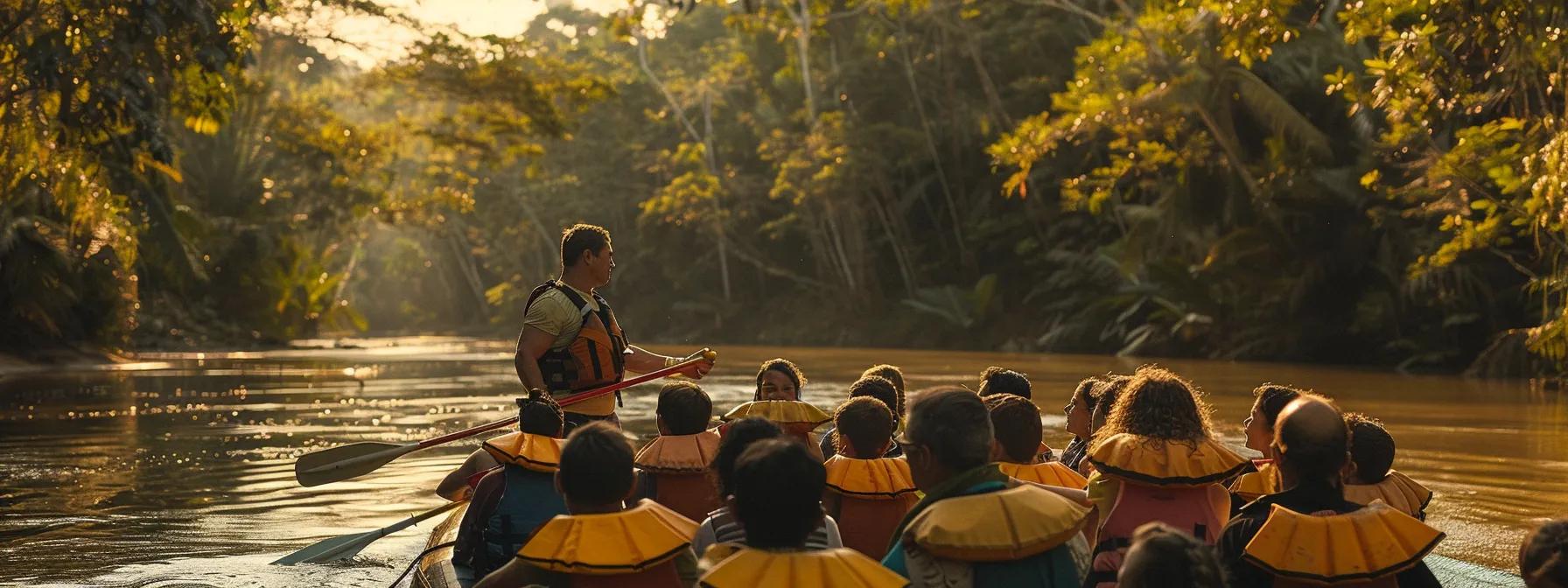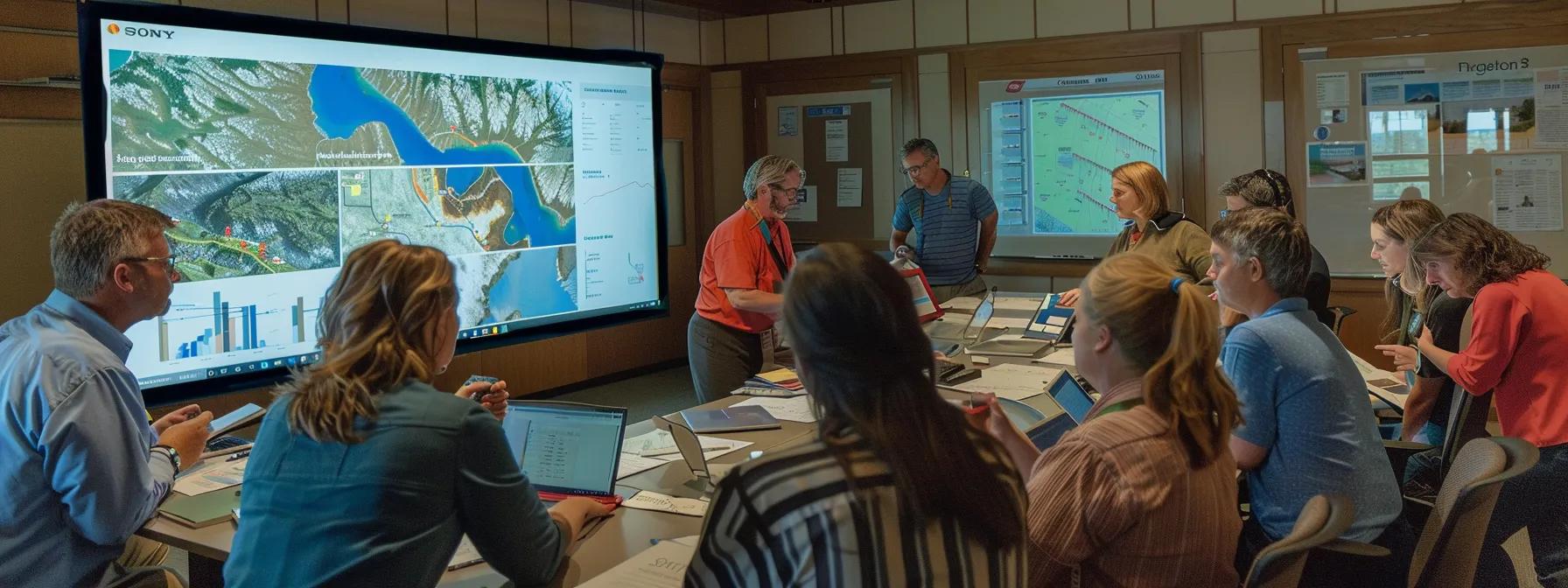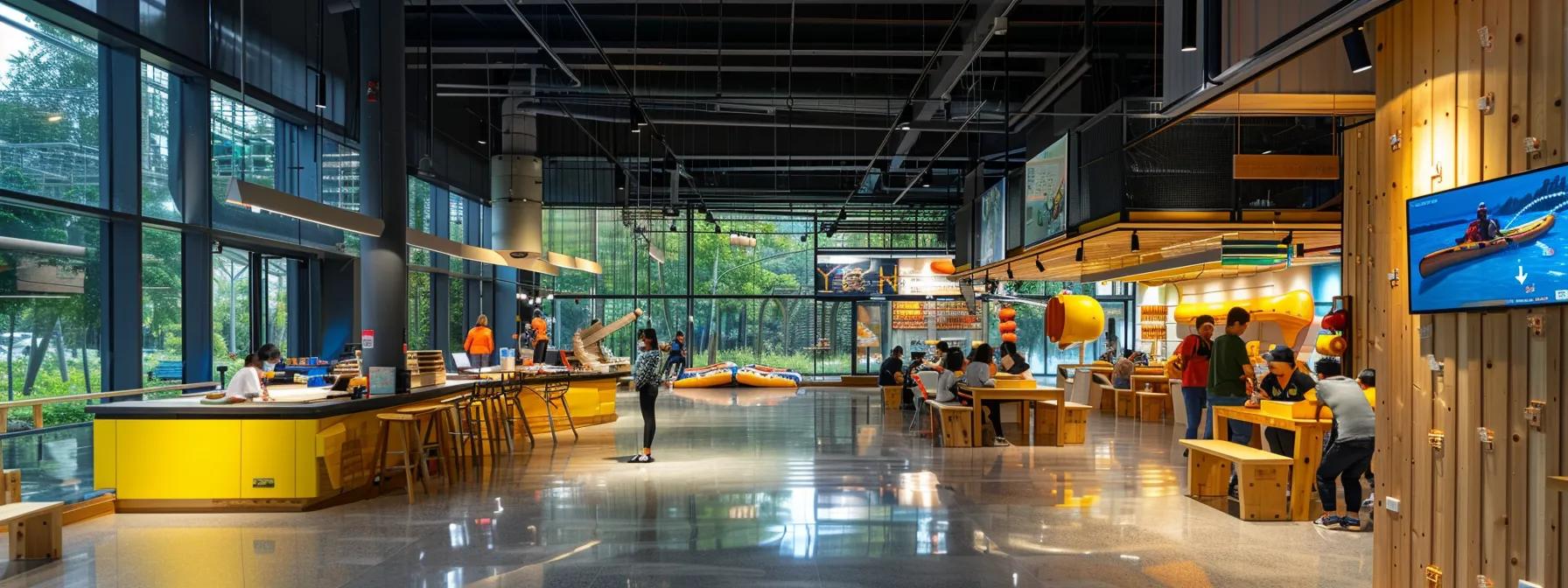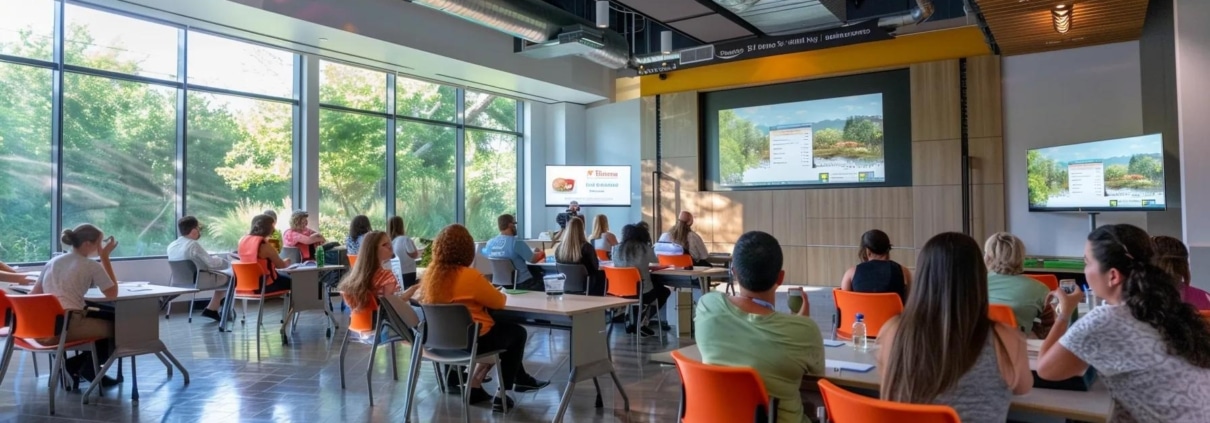Promote Ocoee River Conservation With Eco-Friendly Rafting
The Ocoee River offers thrilling whitewater adventures and demands sustainable practices. Outland Expeditions emphasizes eco-friendly rafting to protect river ecosystems and educate rafters about conservation. This article explains key principles, best practices, and local partnerships for preserving the river’s pristine environment.
Eco-Friendly Rafting on the Ocoee River: Why It Matters
Eco-friendly rafting minimizes environmental impact by using sustainable equipment and strategies. It matters on the Ocoee River because preserving water quality and habitats ensures wildlife survival and maintains the river’s natural beauty for future outdoor adventures. This approach also supports long-term conservation efforts.
How Does Eco-Friendly Rafting Protect the Ocoee River Ecosystem?
Eco-friendly rafting protects the ecosystem by reducing pollution, preventing habitat disturbance, and limiting resource waste. Rafters follow strict guidelines that minimize soil erosion and water contamination, benefiting aquatic life and maintaining river health throughout each journey.
What Are the Key Principles of Leave No Trace for Rafters?
Leave No Trace principles include minimizing waste, staying on designated paths, and properly disposing of trash. Rafters are taught to respect wildlife and the natural surroundings. These principles reduce environmental impact across the river, ensuring minimal disruption to the ecosystem.
Which Sustainable Equipment Is Used in Eco-Friendly Rafting?
Sustainable rafting equipment includes biodegradable cleaning agents, low-impact paddles, and solar-charged communication devices. This gear helps reduce chemical runoff and energy waste. Eco-friendly materials and reusable items are prioritized, lowering the overall environmental footprint during each trip.
How Does Ocoee River Adventures Educate Rafters About Conservation?

Ocoee River Adventures integrates conservation education into every trip. Expert guides share detailed insights about river habitats, water quality, and wildlife protection, offering practical examples. This educational approach enhances awareness and inspires responsible behavior among every participant.
What Topics Are Covered in Conservation Education During Rafting Trips?
Conservation education covers topics such as water quality monitoring, native species protection, and sustainable land practices. Rafters learn about local flora and fauna, river dynamics, and practical ways to support ecosystem health. These lessons create lasting environmental stewardship.
How Do Expert Guides Integrate Conservation Messages on the River?
Expert guides integrate messages by discussing real-time observations, utilizing interactive demonstrations, and sharing relevant ecological data. Their hands-on approach connects conservation theory with the river’s natural dynamics, making lessons memorable during each rapid descent.
What Educational Materials and Resources Are Provided to Rafters?
Rafters receive printed guides, digital resources, and conservation checklists. These materials summarize environmental best practices and local conservation statistics. Additional resources include maps of protected areas and contact details for local environmental organizations.
What Are the Best Practices Rafters Can Follow to Minimize Environmental Impact?
Rafters minimize impact by adhering to sustainable techniques. Best practices include proper waste management, cautious river entry and exit, and engagement with conservation education. Following these methods ensures that natural habitats remain undisturbed while enjoying the excitement of whitewater rafting.
How Can Rafters Apply Leave No Trace Principles on the Ocoee River?
Rafters apply Leave No Trace by carrying out all trash, avoiding harmful behaviors, and respecting natural areas. They remain on established routes and minimize noise. This disciplined approach preserves the river’s integrity and promotes sustainable visiting practices.
What Are Common Mistakes to Avoid for Eco-Friendly Rafting?
Common mistakes include littering, straying from paths, and overusing single-use plastics. Additionally, unnecessary disturbances to wildlife and ignoring conservation advice can negatively affect the ecosystem. Avoiding these errors is crucial for maintaining the river’s health.
How Can Rafters Participate in Local Conservation Efforts?
Rafters can join river cleanup events, donate supplies, and volunteer with local conservation groups. Participation in educational programs and supporting sustainable business practices further strengthens community efforts to protect the Ocoee River ecosystem.
Which Local Conservation Organizations Partner With Ocoee River Adventures?

Ocoee River Adventures partners with local groups that focus on water quality, habitat restoration, and wildlife protection. These organizations offer expertise and resources vital for conservation efforts. Their collaboration ensures the river remains pristine and ecologically sustainable.
What Roles Do These Organizations Play in River Conservation?
Local organizations monitor water quality, lead restoration projects, and educate communities. They provide technical support, financial backing, and volunteer coordination for conservation activities. Their roles are critical in safeguarding native species and clean water systems.
How Can Rafters Get Involved With Local Conservation Groups?
Rafters can participate in volunteer events, attend conservation workshops, and subscribe to local newsletters. Engaging with these groups allows them to contribute expertise or financial resources. Active involvement bolsters community-driven environmental preservation initiatives.
Why Is Conservation Education Important for the Future of the Ocoee River?
Conservation education is essential for ensuring ongoing river health and sustainability. Increasing awareness leads to improved water quality and habitat preservation. Informed rafters support policies and practices that maintain the river’s natural state for future generations.
How Does Increased Awareness Affect River Health and Wildlife?
Increased awareness leads to proactive conservation actions. Educated rafters reduce harmful behaviors, protect critical habitats, and advocate for sustainable initiatives, ultimately boosting river health, biodiversity, and balanced aquatic ecosystems over time.
What Are the Challenges Facing the Ocoee River Ecosystem?
Challenges include pollution, invasive species, and overuse of natural resources. Climate change further stresses water levels and habitats. Continued recreational pressure requires vigilant conservation measures and adaptive management practices to maintain ecosystem stability.
How Can Rafters Become Advocates for Sustainable River Use?
Rafters become advocates by learning conservation principles, spreading awareness, and joining local conservation efforts. Sharing personal experiences and supporting sustainable policies drives community action that benefits the river and its diverse wildlife.
How Does Eco-Friendly Rafting Enhance the Overall Rafting Experience?

Eco-friendly rafting enhances experiences by providing educational value and a deeper connection to nature. Rafters gain firsthand ecological insights, fostering personal fulfillment while preserving the natural beauty of each rapid and surrounding habitat during the adventure.
What Are the Unique Features of Eco-Friendly Rafting Trips on the Ocoee River?
Unique features include expert-guided conservation talks, sustainable gear use, and immersive natural settings. These trips blend adventure with environmental education, ensuring that every rapid is enjoyed with respect for the local ecosystem and its fragile balance.
How Does Conservation Education Add Value to Rafting Adventures?
Conservation education adds value by enriching the rafting experience with practical ecological knowledge and community engagement. Rafters appreciate the blend of thrilling sports and responsible practices, creating memorable adventures that contribute positively to river conservation.
What Are the Steps to Book an Eco-Friendly Rafting Trip With Ocoee River Adventures?
Booking an eco-friendly rafting trip involves contacting Outland Expeditions, reviewing trip details online, and confirming sustainable practices. The booking process is straightforward and ensures that every trip supports conservation and safe river experiences for all participants.
How Can Rafters Prepare for a Conservation-Focused Rafting Experience?
Preparation involves reviewing educational materials, packing eco-friendly gear, and familiarizing oneself with Leave No Trace principles. This readiness ensures a smooth and responsible rafting experience, reducing environmental impact while maximizing adventure enjoyment.
What Should Rafters Expect During Their Eco-Friendly Rafting Trip?
Rafters should expect comprehensive conservation education, sustainable practices integrated into every phase, and real-time ecological demonstrations. The trip emphasizes adventure, safety, and environmental responsibility, providing unforgettable memories on the Ocoee River.
Frequently Asked Questions
Q: How does eco-friendly rafting benefit the Ocoee River?
A: It minimizes pollution and habitat disturbance, supporting water quality and wildlife conservation while offering educational outdoor experiences.
Q: Are sustainable products used during rafting trips?
A: Yes, eco-friendly gear and biodegradable materials are utilized to reduce environmental impact and promote conservation.
Q: How can I get involved in local river conservation?
A: You can volunteer, join cleanup efforts, and support local organizations dedicated to preserving water quality and natural habitats.
Final Thoughts
Eco-friendly rafting merges thrill with conservation. You enjoy adventure while preserving the river’s integrity. Educational experiences inspire lasting environmental stewardship. Book your sustainable rafting trip and contribute to protecting the magnificent Ocoee River.




Leave a Reply
Want to join the discussion?Feel free to contribute!